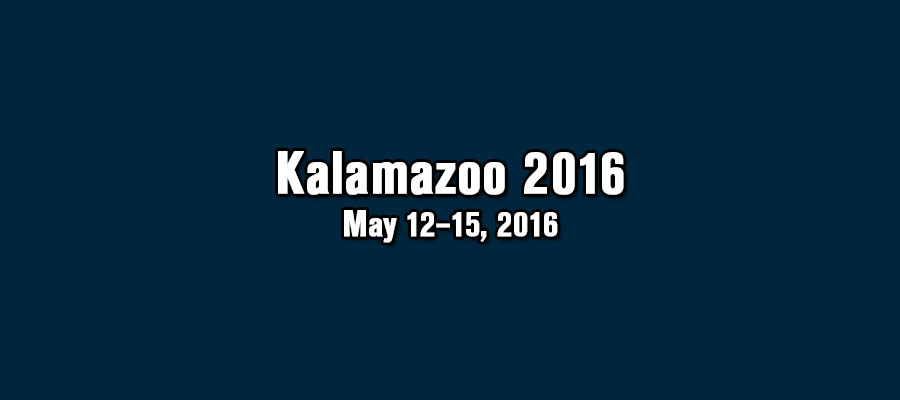Picturing the Present: Structuring the Medieval Beholder’s Relation towards Time, ICMA-sponsored session at 51st International Congress on Medieval Studies, Kalamazoo, MI, May 12–15, 2016
“What then is time?” asks Augustine, the fourth-century bishop of Hippo, “If no one asks me, I know, but if I wish to explain it, I do not know.” Although intimately familiar, time eludes simple description. For Augustine, it is a single, ever-moving point of the present that pushes forward in anticipation of things to come, and pulls backwards in memory and recollection. The centuries following Augustine saw the continued emergence of Christian and medieval approaches to time alongside the concurrent appropriation and adaptation of older pagan models, such as Neoplatonic conceptions of time as a moving image of eternity, or Aristotelian understandings of time according to the change and movement of bodies. This panel, emphasizes and explores the medieval viewers’ relationship to the present and their current place in the cosmological system.
We invite proposals covering a wide range of media (portable objects, manuscripts, sculpture, wall decorations) from late antiquity through the late Middle Ages, possibly including but not limited to the following: How images relate to the conceptualization of the historical present; How artworks structure or organize the experience of time; How artworks reflect philosophical concepts of the nature of time; Medieval conceptions of change in the physical or natural historical present, including seasons, tides, stages of life, and the movement of stars.
Organizers
Armin Bergmeier
Andrew Griebeler
